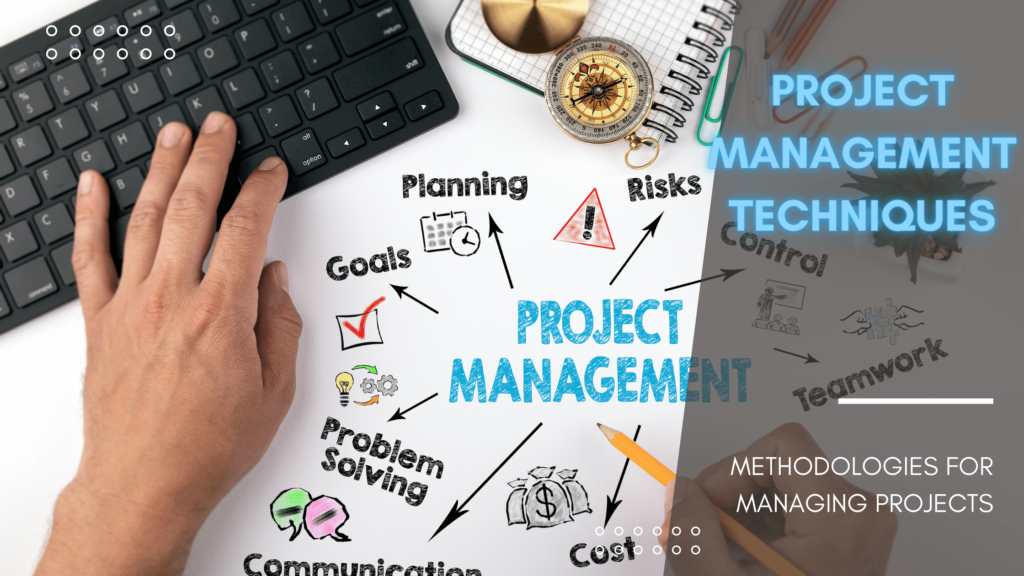Because every project is unique, it is impossible to create a template that can be applied to all of them. However, a few of the project techniques defined beforehand may be used to standardize the project management process.
There are a number of project management techniques that are widely used to plan, execute and implement projects, such as Agile.
Waterfall Model
The incremental paradigm underlies the Waterfall model. The project is scheduled from beginning to end in this manner. There will be seven distinct stages of the project. All of the features are supplied at the conclusion of the cycle using this approach.
Agile
Breaking down the design into distinct models is done here. Shippable product features are supplied at the conclusion of each iteration of the development process.
PRINCE 2
Any size project may benefit from this style of project management. There are objectives to be achieved, duties and responsibilities to accomplish in each process.
RAD
An approach to software development called rapid application development aims to provide high-quality tools in a short period of time. There are four distinct stages to the whole creation process.
Kanban
Sticky notes are used in a column on a board in Kanban techniques to indicate the status of tasks. Typical project task statuses include “in queue,” “in process,” and “just finished,” among others.
Six Sigma
This method is chosen when exact measurement is required for a project. It makes use of statistics to enhance workflows and reduce the likelihood of product or service flaws. It employs two distinct approaches. MAIC and MADV
SDLC
Basic project management elements including requirements specification, architecture, education, execution, and maintenance are all covered under the SDLC (System Development Life Cycle) methodology.
Extreme Programming (XP)
For IT project management, XP is a popular choice. XP, like scrum, is an iterative process, however iterations in XP are often brief in length. As long as the project hasn’t been launched, the scope of each iteration may change.
Crystal Methodology
Fixed-price contracts benefit greatly from this strategy. Crystal technique iterations are provided on a regular basis. Mistakes are much less prone to occur if problems are spotted early on in the project.
Critical Chain Project Management (CCPM)
It is possible to complete a project ahead of schedule with this technique, which cuts down on task timeframe by half. It employs buffer management to keep the plan on track and to guarantee that there are no mistakes. Some projects management apps that are free can also help a lot in making sure that every details regarding the project is given critical attention to.
Keep an eye on the standards of the products and services you provide
Controlling the quality of a project or product is an important part of quality management. As a result, you may be certain that the job will be completed appropriately. The quality management plan is an essential product of the quality control process.
To do this, you’ll need to manage the flow of information.
The process’s inputs, tools, and outputs are all included in the control communication information. The performance report serves as an input for a variety of monitoring and management actions throughout the control communication process. Control communication requires a performance record as a key deliverable.
Conclusion
There are no hard and fast rules for completing a project with a wide range of options. However, there are specific approaches that might assist to speed up the process of completing a project from the beginning to the end.

